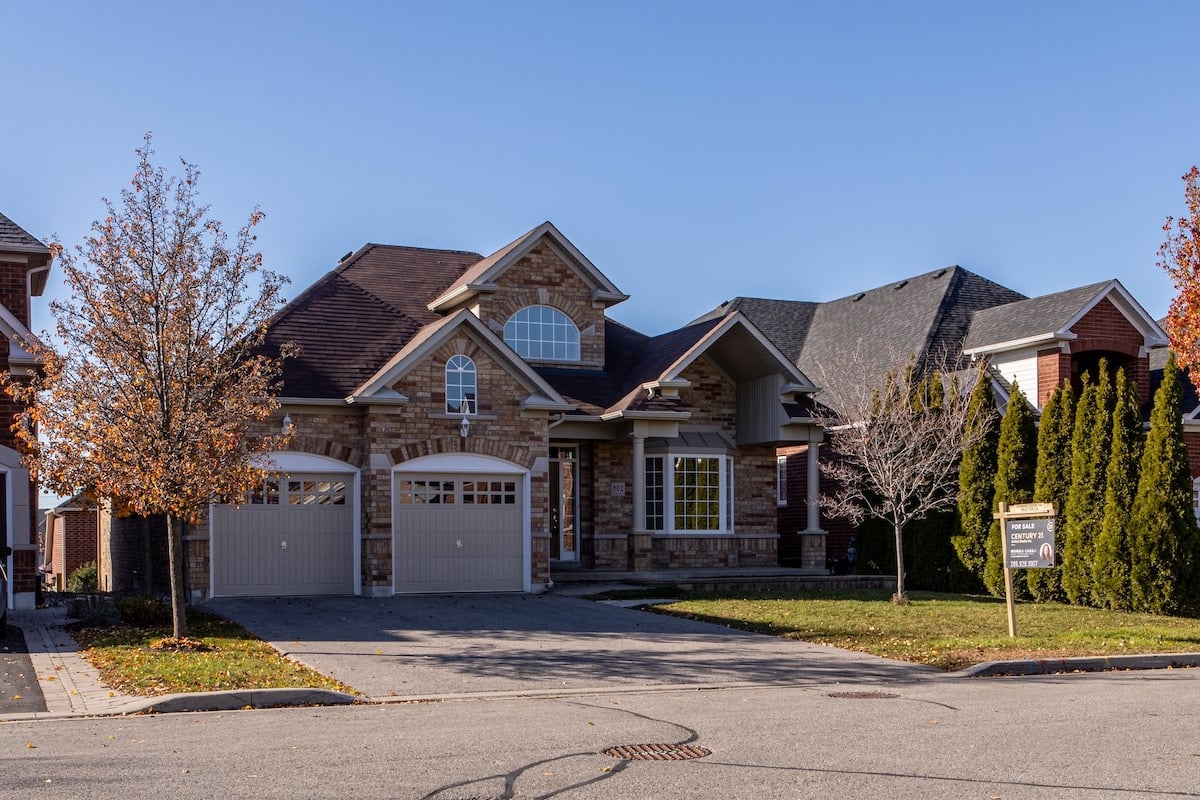Table of Contents
Flipping houses can be a fun and profitable venture, which is why so many people do it. However, if you don’t know what you’re doing, you could easily lose money in the house-flipping business. Television makes it look easy, but there’s an art to flipping houses strategically so you get a good return on your investment. Here are five tips to help you flip your first — or 50th — house successfully.
1. Replace Outdated Air-Conditioning Systems
Many house flippers make the mistake of thinking they can neglect a home’s air conditioning system and still sell it for a good profit. It’s true that the HVAC unit is not as obvious as exterior doors, appliances, and other highly visible home features. But any astute home buyer will go out of their way to ensure the HVAC system is well-functioning and up-to-date. If you’re trying to sell a home with an ancient, decrepit unit, buyers will not be impressed.
Replacing an old HVAC system is an expensive and inconvenient process for homebuyers. That’s why most of them will walk right past any listed house with an obviously outdated unit. To increase your ability to sell a house for a good profit, replace the old air-conditioning system with a more efficient ductless air conditioner.
2. Avoid Polarizing Color Trends
Do you remember the avocado green and mustard yellow colors that used to be popular in the 1970s? Nowadays, if you see those shades in someone’s home, the place instantly looks dated. Most bold color trends tend to go out of style pretty quickly. That’s why the majority of home buyers prefer homes that sport neutral color palettes.
To make a house sell quickly, you might be tempted to make it as on-trend and stylish as possible. But doing this could backfire on you. To appeal to the largest number of people and thus increase your likelihood of flipping a house quickly, avoid polarizing color trends. Instead, opt for muted paint colors that are unlikely to go out of style. Whites, creams, and beiges are good choices because they are versatile and timeless.
3. Prioritize Your Renovations
It’s natural to want to turn a run-down house into a Hollywood-worthy mansion. But this type of lofty house-flipping goal isn’t realistic and could cause you to lose a lot of money. When you’re flipping any house, you need to be realistic with the renovations you choose to make. Know which improvements can help you get a good return on your investment and which embellishments aren’t worth your time.
Generally, it’s best to focus on necessary repairs first when planning your renovation budget. Make sure you have enough money to replace run-down appliances, upgrade faulty electrical systems, and fix plumbing issues. The prettiest paint job won’t help you sell a home with major structural or functional issues. Once you’ve taken care of the essential repairs, you can see what aesthetic upgrades fit into your budget.
4. Call a Professional When Necessary
There is a fine line between cutting costs and cutting corners. You can probably do most of the simple cosmetic home upgrades yourself without any problems. But when it comes to major issues with the plumbing or electrical systems, it’s probably wise to step aside. Unless you’re truly a jack of all trades, you’ll need to call a professional plumber in Fairfield Ohio to make certain home repairs.
Hopefully, you already have a good rapport with various local contractors who can assist you with complicated home renovation needs. If not, it’s time to start networking. The last thing you want to do is try to repair a crucial home system you know nothing about. It can be hard to spend the money on a contractor. But hiring a professional is preferable to starting an electrical fire because you don’t know what you’re doing.
5. Follow the “70% Rule” to Earn a Profit
One of the most common mistakes house flippers make is investing in a “money hole” that’s incapable of delivering a profit. To make sure this doesn’t happen to you, always be thoughtful and astute before signing closing documents. Many successful house flippers follow the “70% rule” to predict the success or failure of a flip. According to the 70% rule, you should only buy a home for 70% or less of its after-repair value. You should also factor in the cost of any renovations you’ll make to the home.
Here is the equation for the rule: after-repair value (ARV) x .70 – estimated repair costs = maximum price you will pay. To put this rule into action, imagine you see a home with an estimated after-repair value of $400,000. Multiply by .70 to get $280,000. Then, subtract the estimated renovation cost (e.g., $60,000), which yields a maximum purchase price of $220,000. If you succumb to the temptation to go beyond that, you’re imperiling your future profit.
There’s a lot to learn when flipping houses if you want to make sure your efforts pay off. While the tips in this guide are not all-inclusive, they can help you earn a good return on your investment. They can also help you avoid common mistakes that can doom your house-flipping efforts.
Photo by Dillon Kydd on Unsplash


